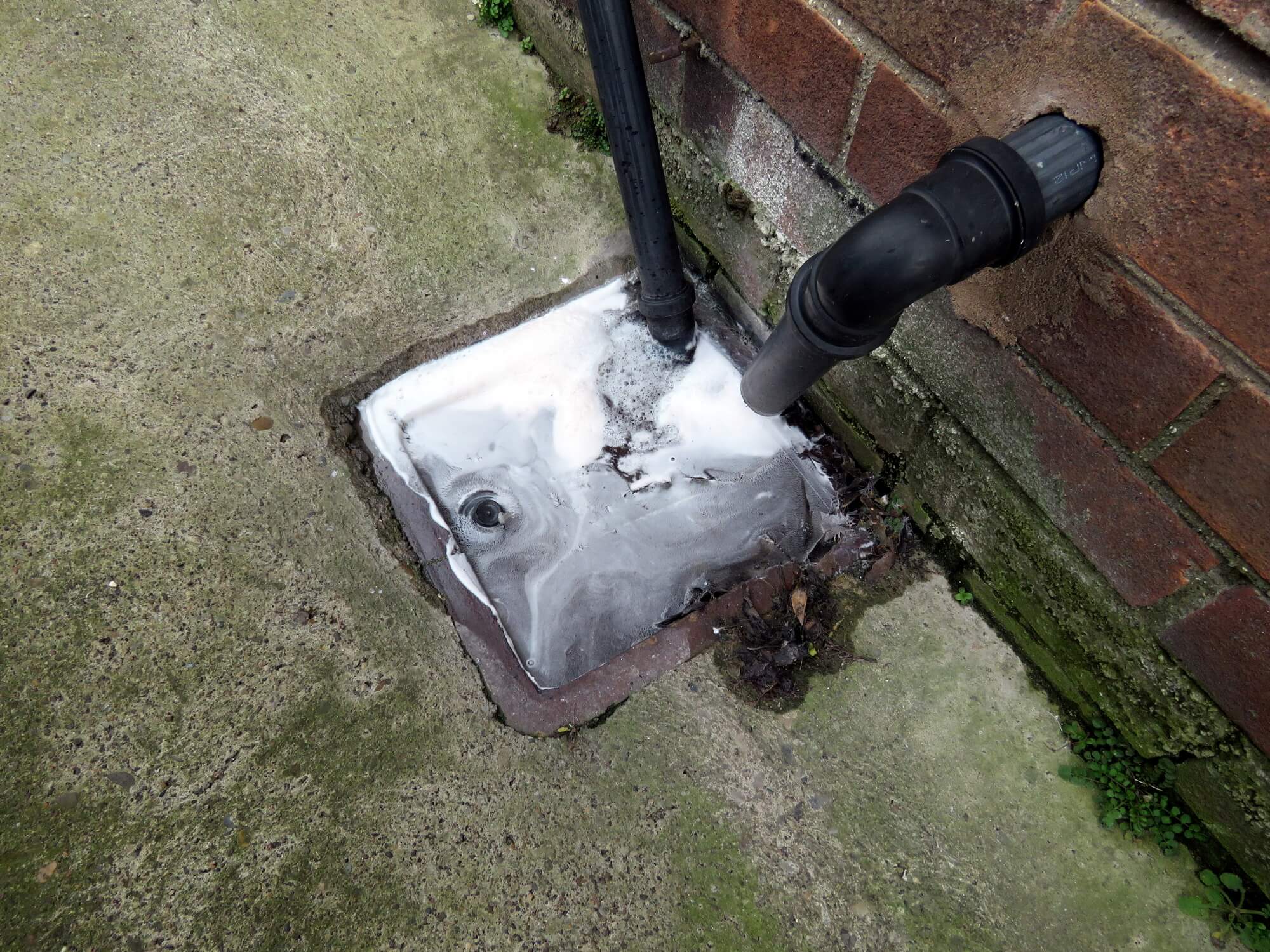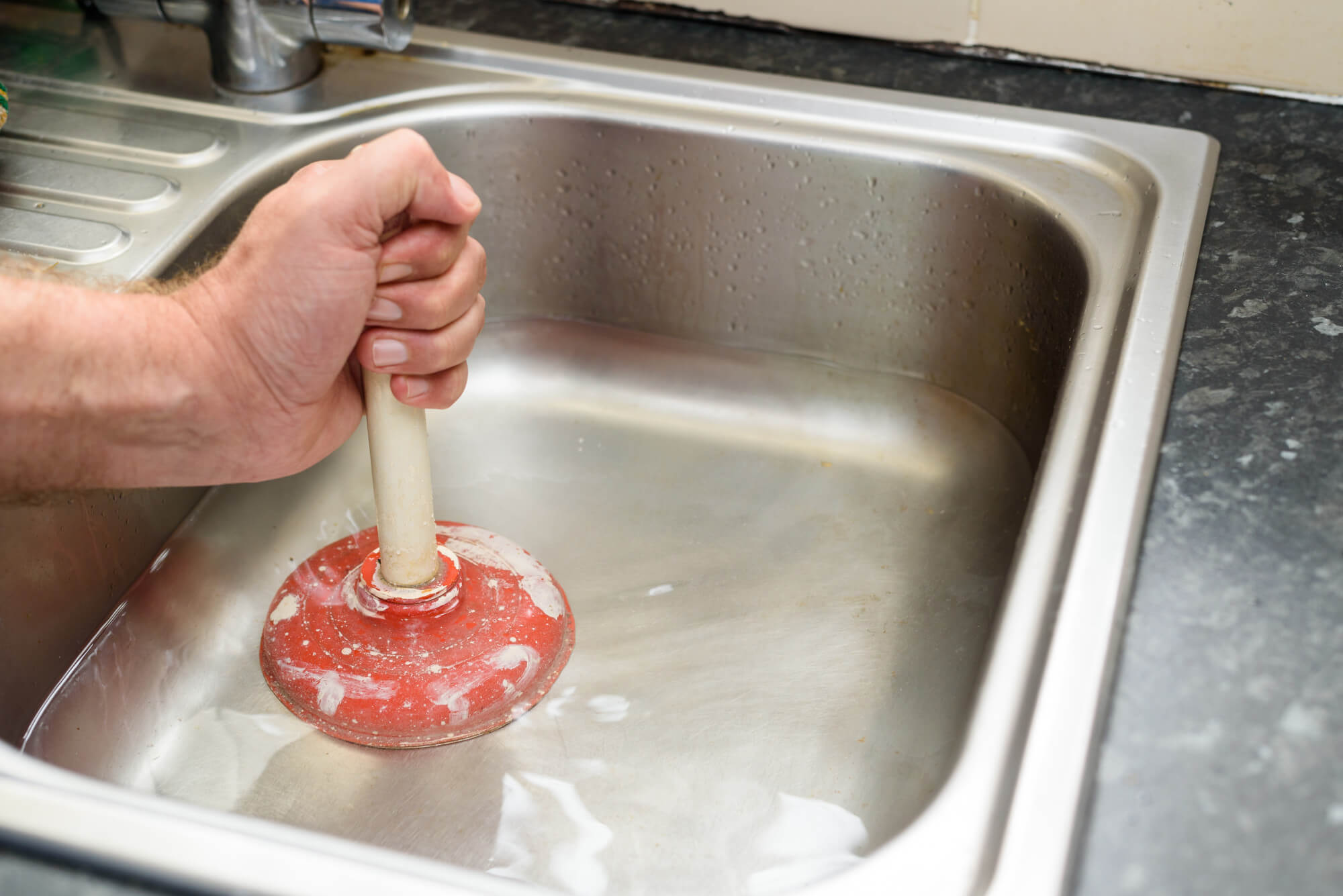Guidelines for Managing a Blocked Drain Before Calling Professional Plumbers
Guidelines for Managing a Blocked Drain Before Calling Professional Plumbers
Blog Article
Are you on the lookout for information involving Some easy tips to fix blocked drains?

Introduction
Handling a blocked drainpipe can be a discouraging experience, interrupting day-to-day activities and potentially causing damages to your residential property. Nevertheless, prior to connecting to pipes experts, there are actions you can require to address the concern on your own. In this guide, we'll explore DIY options and safety nets to tackle an obstructed drainpipe efficiently.
Determining the Problem
The primary step in resolving a blocked drain is recognizing the indicators. Sluggish drainage, gurgling sounds, foul odors rising from drains, or water support up are common signs of an obstructed drainpipe. Recognizing these indicators early can help avoid further issues.
Selecting the Right Plumbing Service
When choosing a plumbing service, take into consideration aspects such as experience, licensing, and customer evaluations. Pick a reliable plumbing professional with a record of high quality handiwork and transparent pricing practices.
Expense Considerations
The expense of specialist drain cleaning company can vary depending on the seriousness of the clog and the plumbing technician's rates. Demand quotes from several service providers and inquire about any kind of added fees to make sure openness and prevent surprises.
Security Precautions
When trying do it yourself drain cleansing, focus on security. Put on protective gloves and eyewear to prevent contact with unsafe chemicals or germs. Never ever blend various drainpipe cleansing items, as this can generate dangerous fumes.
Case Researches
Real-life examples illustrate the performance of do it yourself solutions and the importance of prompt expert treatment in solving drainpipe blockages.
Common Sources Of Blocked Drains
Comprehending the variables that add to drain pipes obstructions is crucial for effective resolution. Typical wrongdoers consist of hair, soap residue, oil, food debris, and international items like hygienic products or paper towels. Tree origins attacking below ground pipes can likewise trigger substantial blockages.
Do it yourself Solutions
For small clogs, a number of do it yourself services can be reliable. Putting boiling thin down the drain can aid liquify grease and debris. Baking soda and vinegar or a combination of salt and cooking soda can act as natural cleaners. Making use of a plunger or plumbing serpent to dislodge blockages is an additional option.
Devices and Tools
Having the right tools accessible can make DIY drainpipe cleaning up extra reliable. A bettor is a versatile tool for removing clogs in sinks, commodes, and showers. A plumbing serpent or auger can get to much deeper obstructions, while drainpipe cleaning chemicals can be utilized cautiously for stubborn obstructions.
Preventive Measures
To prevent future obstructions, taking on safety nets is crucial. Install drainpipe guards or strainers to catch hair and particles before they enter the pipelines. Routinely flush drains pipes with hot water to dissolve grease buildup, and stay clear of getting rid of grease or solid waste down the tubes.
When to Call a Professional
While do it yourself remedies can solve minor obstructions, specific indications suggest the requirement for professional support. Consistent clogs, foul odors in spite of cleaning efforts, or multiple drains pipes backing up simultaneously are warnings that necessitate expert treatment.
Conclusion
By complying with the tips described in this guide, you can effectively deal with obstructed drains pipes and prevent future pipes issues. Whether selecting DIY options or seeking expert support, punctual action is vital to keeping a healthy and balanced pipes system and maintaining the integrity of your home.
How to Clear a Clogged Drain Yourself (And When to Call In the Professionals)
What Can Clog a Drain
Dirt Skin flakes Hair Grease Soap scum Food Offset pipes Tree roots Small objects Mineral buildup DIY Tricks to Unclog a Drain
You can fix this! Once you have identified the source of the clog (or have a vague idea), you can try one or a combination of these fixes in order to clear your plumbing.
Wire Hanger or Snake
Untangle and clear out hair from a drainpipe with a homemade snake. Use a straightened-out wire hanger with a 90-degree angle hook to locate the clog and drag out any unwanted material.
Remember not to push the clog further down to where the wire hanger cannot reach! If you need to follow up with a plunger, give it a try. Your efforts might be more successful after it’s been wire-snaked.
If you want to get fancy and don’t have a wire hanger to spare, head to the store and pick up a hand-operated drain snake. You can get one for $10-$30. It may save you the hassle, and provide additional length to reach deep into the clogged pipe.
Plunger
A cup plunger has a suction cup attached to a wooden handle. The rubber creates a seal around the drain, and increases the pressure force of the plunger.
Plunge for 30-second increments to loosen the clog. This may need to be repeated over the course of 15-20 minutes. Once plunged, run the water to flush the remaining material out of the drain.
Remember– never use a plunger if you have used a chemical drain cleaner. These chemicals can splash up from the force of the plunger and cause serious injury or burns.
Boiling Water
Hot water can sometimes break up materials into a flushable amount. Dirt, grease, and soap buildup requires heat in order to unstick from surfaces.
Take your kitchen kettle and heat your water to a boil. Once it reaches a rolling boil, pour it directly down the drain into the blockage. Carefully follow with plunging, if necessary.
Don’t worry if this takes more than one try! It can often take multiple kettles and repeated plunging in order to clear a particularly stubborn clog.
Chemical Drain Cleaner
As a last resort, pick up a bottle of chemical drain cleaner. Drain-cleaning chemicals are potent, and not very good for the environment.
You may need to wear protective eyewear in gloves before handling your bottle of chemical drain cleaner. Follow the instructions printed on the bottle, and flush with water as soon as the instructions allow. Do not follow with plunging.
Baking Soda and Vinegar
As a safer alternative to chemical drain cleaner, baking soda and vinegar can create a chemical reaction that clears tough clogs.
Combine one cup of cleaning vinegar with one cup of boiling water, and set aside. Once you have done this, pour half a cup of baking soda down the drain. Give the baking thirty seconds to settle and cover a large portion of the problem drain.
Following the baking soda, pour down your vinegar and hot water solution. Once the vinegar and baking soda combine, the mixture will bubble and fix. Let this reaction fizzle in the drain for about an hour.
After an hour, follow with a kettle’s worth of hot water. The heat and liquid should flush out any remaining material.
When to Call a Plumber
If your DIY attempts haven’t cleared your clog drain, it’s time to call in a professional. It’s not worth losing access to your kitchen sink or high-traffic bathroom. A clog in a vital area can keep you from the things you’d rather be doing, and derail your routine.
Anytime a clog is causing water to spread is a time to call in a plumbing service. What starts out as a little bit of water can quickly grow into serious, expensive water damage.
Additionally, a serious clog can result in burst pipes or serious leaks. Make sure you know when to take it seriously!
https://myguysnow.com/how-to-clear-a-clogged-drain-yourself-and-when-to-call-in-the-professionals/

We had been guided to that report about Tips for Dealing with Clogged Drains and Sewer Lines through an associate on another domain. Sharing is good. Helping others is fun. Bless you for being here. Kindly stop by our blog back soon.
Call Us Now Report this page